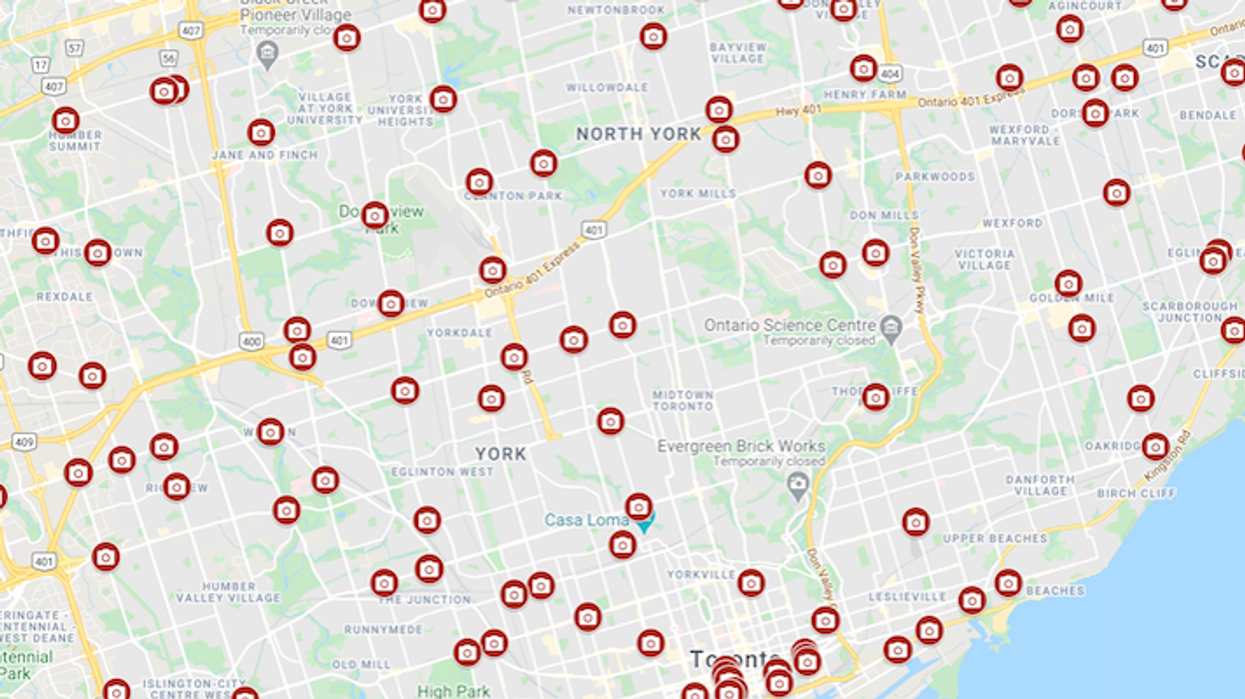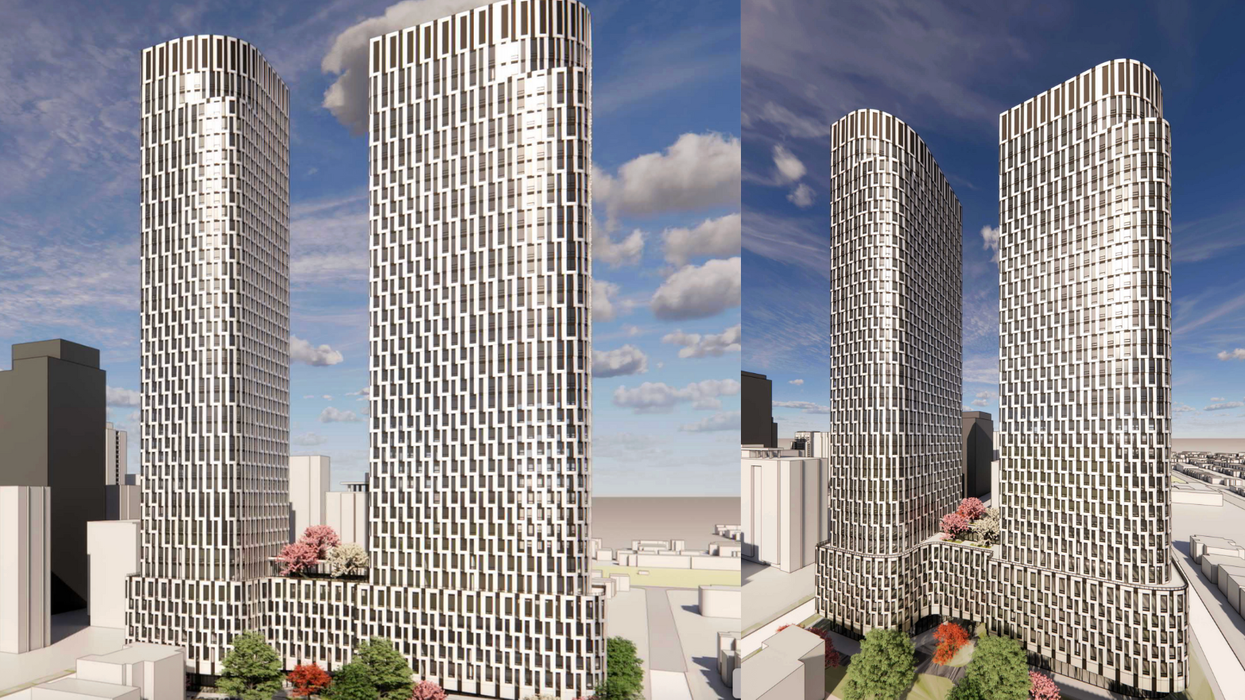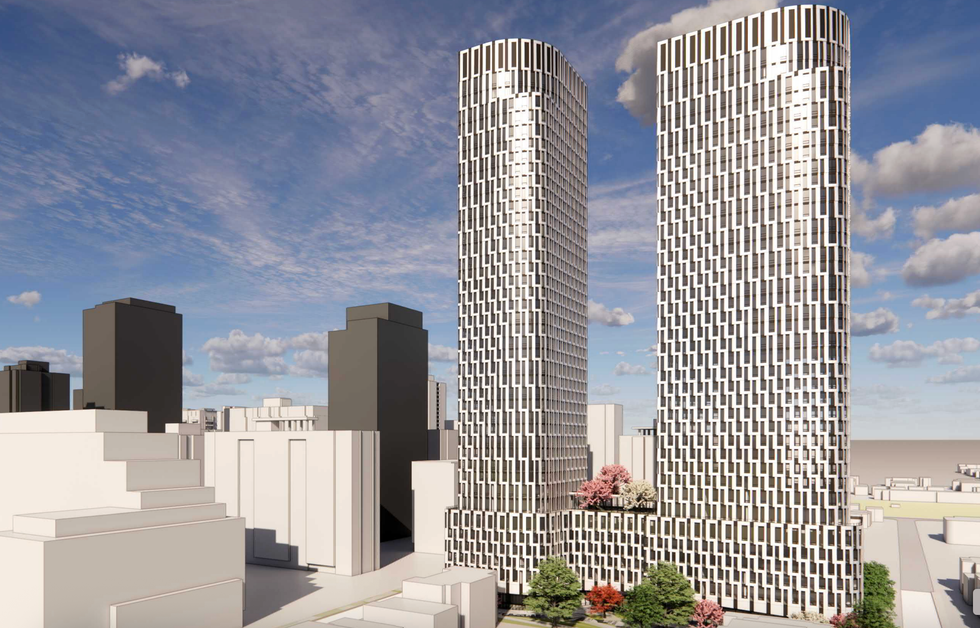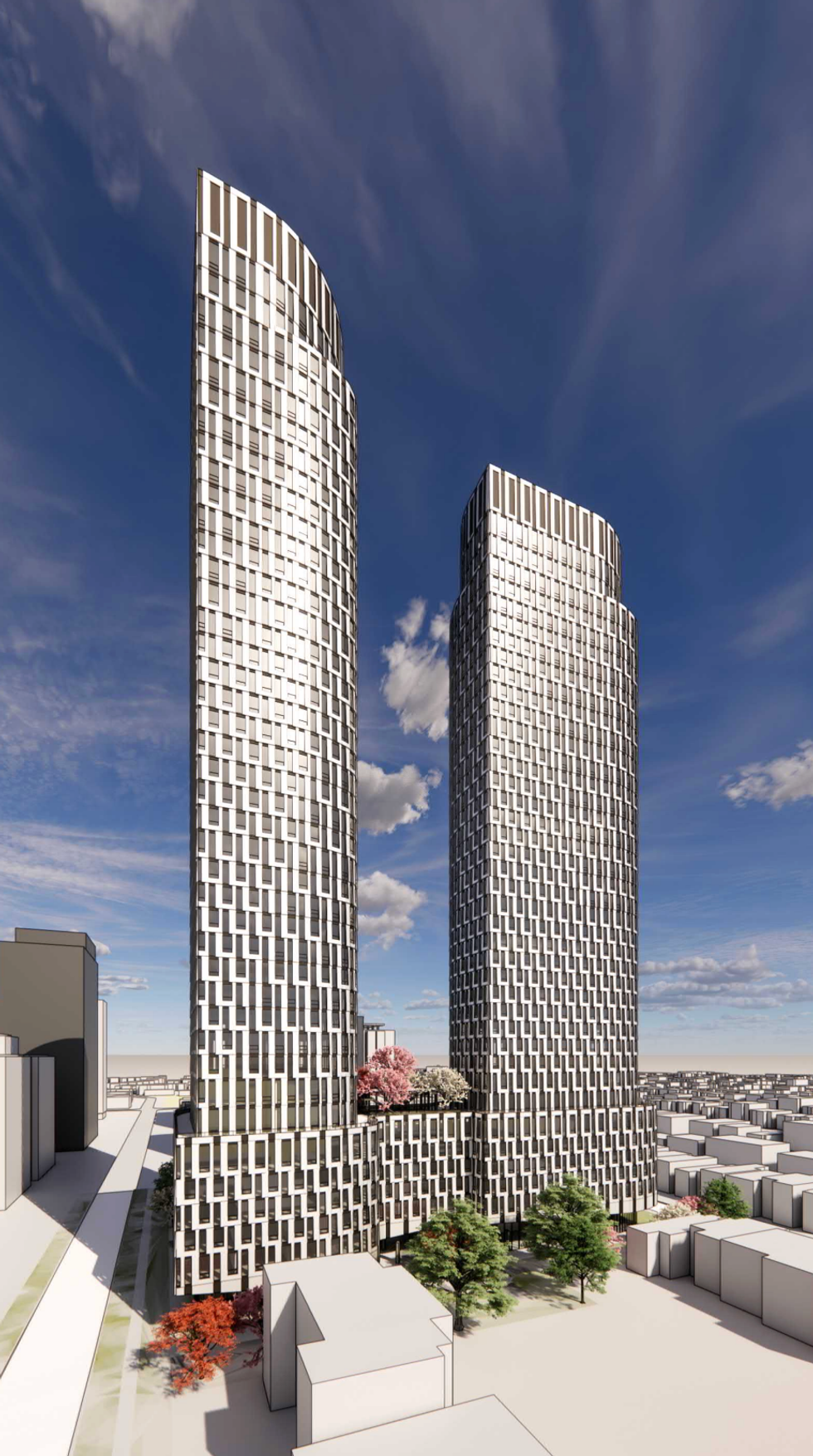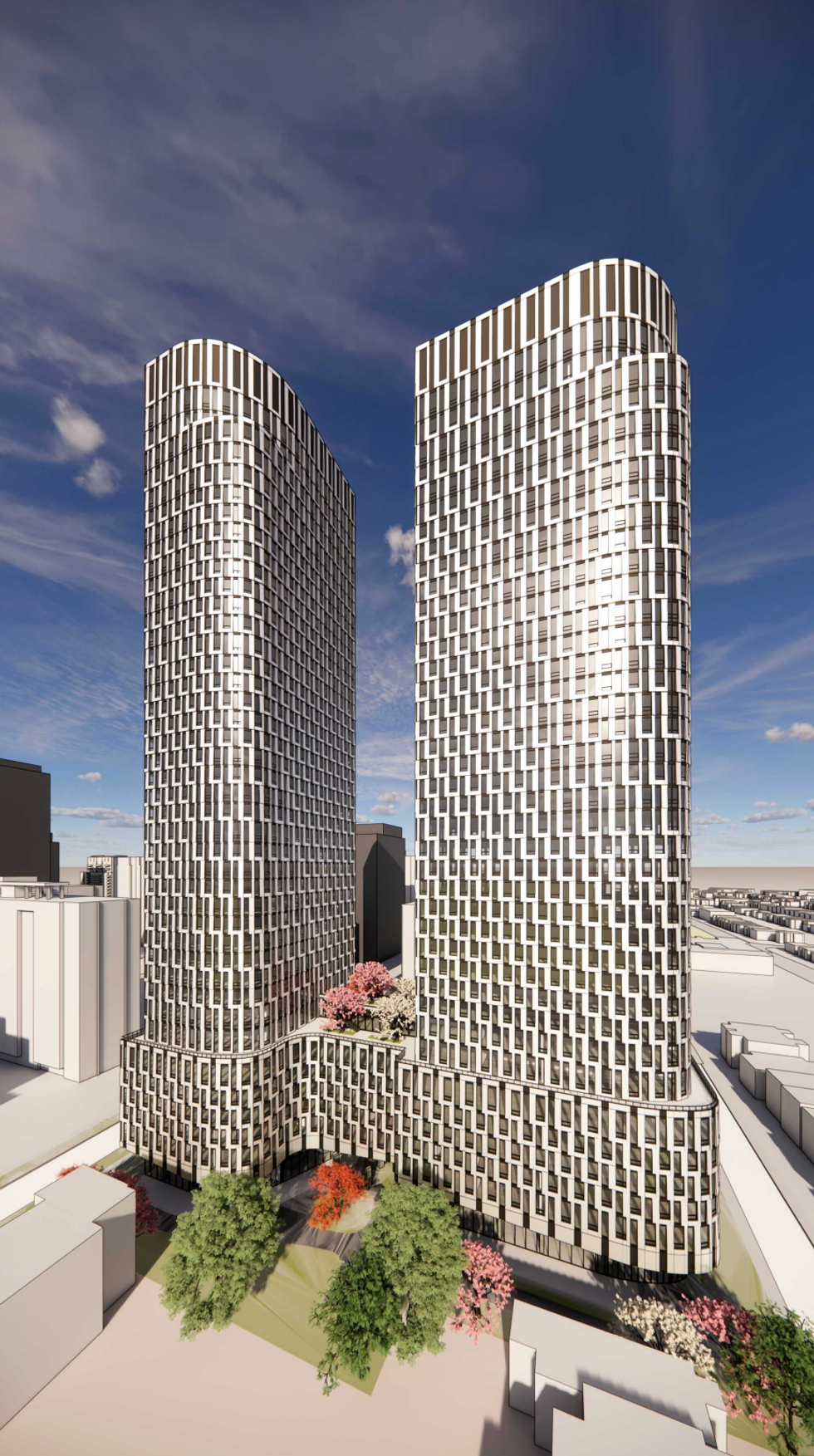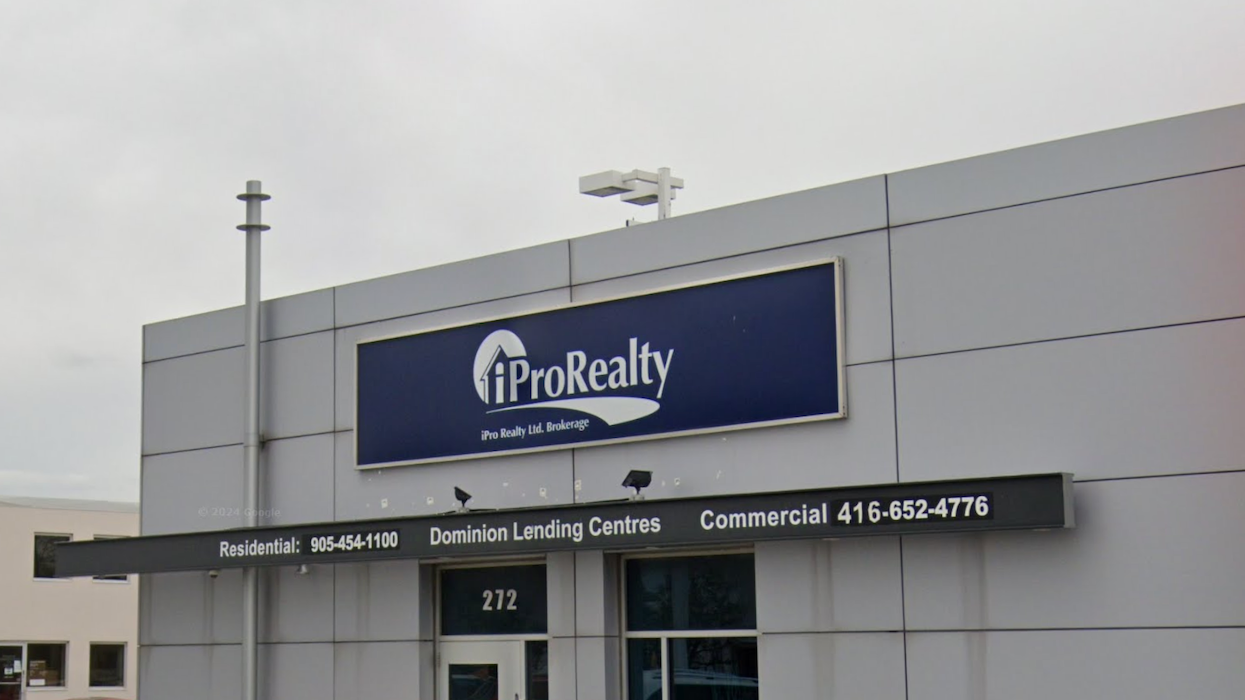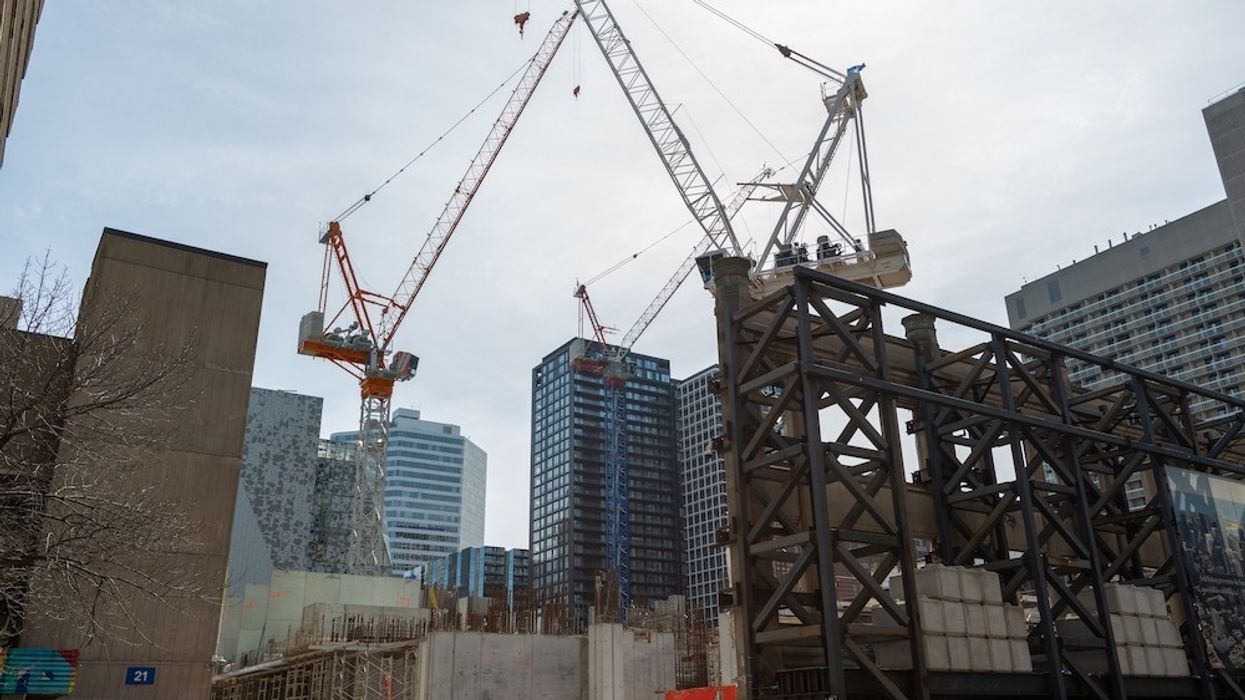Finished Basement
Explore what defines a finished basement in Canadian real estate: how it adds value, when permits are needed, and what makes it legally livable.
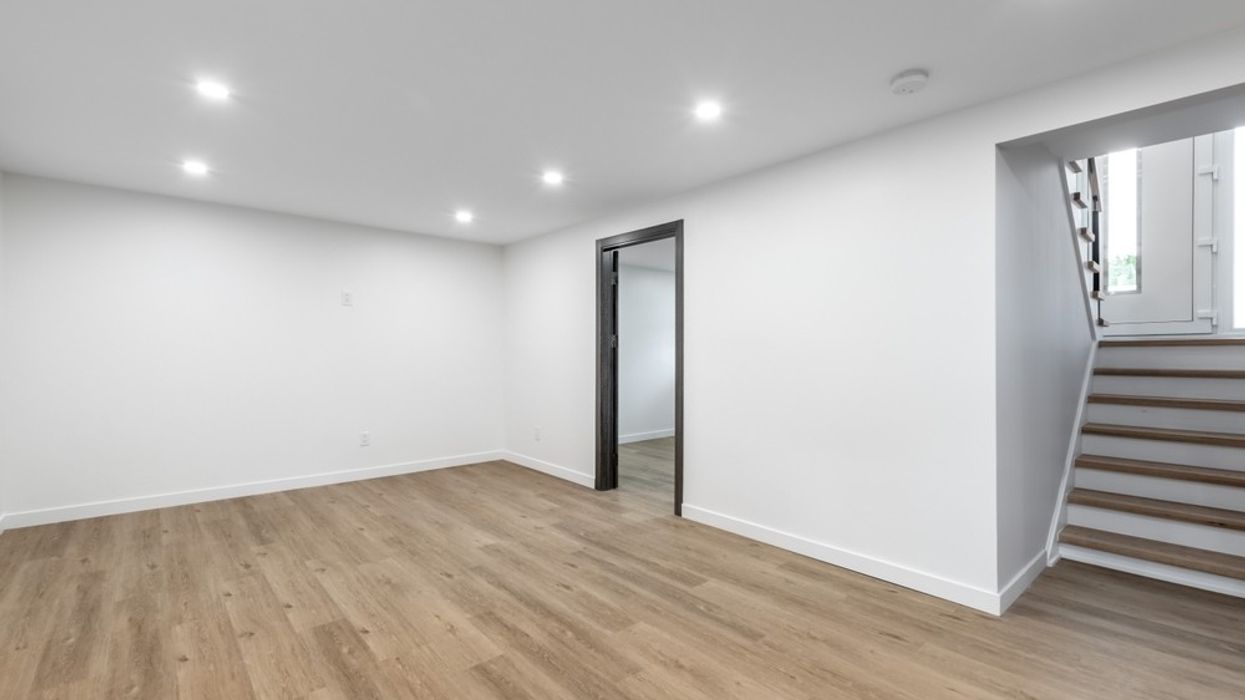
June 16, 2025
What is a Finished Basement?
A finished basement is a below-grade living space that has been fully completed with insulation, flooring, walls, lighting, and often plumbing and electrical for usable living or rental purposes.
Why Finished Basements Matter in Real Estate
In Canadian real estate, finished basements add functional space and may significantly increase a property’s value, especially if they include legal bedrooms or secondary units.
A typical finished basement includes:
- Framed and insulated walls
- Flooring and finished ceilings
- HVAC, lighting, and electrical
- Permitted plumbing for bathrooms or kitchens
Finished basements must comply with local building codes and permit regulations. Improper or unpermitted work may reduce home value or present insurance issues.
Understanding what qualifies as a finished basement helps buyers and sellers assess real value, safety, and future use potential.
Example of a Finished Basement in Action
The buyer is drawn to the home’s finished basement, which includes a legal bedroom, bathroom, and rec room, all completed with permits.
Key Takeaways
- Adds usable space and value to a home
- Must meet code to be counted in square footage
- Often used for rec rooms or rental suites
- May require permits and inspections
- Enhances resale appeal
Related Terms
- Egress Window
- Permit Compliance
- Rental Suite
- Home Renovation Loan
- Building Code






